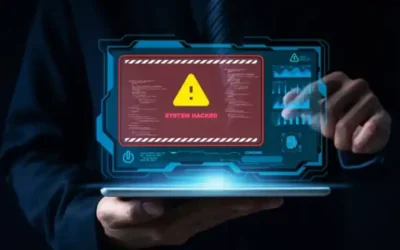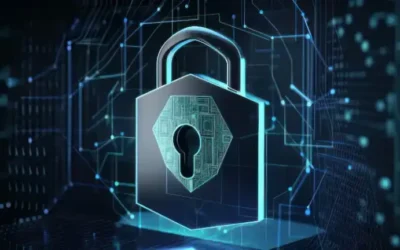In today’s cybersecurity landscape, ensuring end-to-end security is not just about encryption standards—it is about...
DataLocker Blog
Welcome to the DataLocker blog, your home for DataLocker’s thoughts on the trends moving the cybersecurity industry. Bad actors are constantly developing new ways to attack and steal your data – don’t get caught in the dark. Follow the DataLocker blog for the latest in security vulnerabilities and how you can better protect your remote data.Why Webcams Could Be the Weakest Link, Uncovering Webcam Security Risks
A New Attack Vector: Ransomware from a Webcam? A recent attack by the Akira ransomware gang has revealed a serious security...
Questions to Ask When Evaluating Encrypted Storage Devices with Chinese Encryption Chips
Use this handy guide to know the key questions to ask vendors who claim to have encrypted storage devices but use Chinese...
Hezbollah Pager Explosions: A Stark Reminder of the Dangers in the Tech Supply Chain
Hezbollah, designated a terrorist organization by the United States and many other countries due to its history of carrying...
The Impact of China’s National and Cyber Security Laws on Global Encryption
China's aggressive stance on national and cyber security has raised significant concerns worldwide, particularly regarding...
Defense-in-Depth: Top 5 Layers of Security Against USB-Related Threats
In the fight against USB-related threats, IT security professionals are increasingly adopting a defense-in-depth approach....
Bridging the Gap: Real-World USB Threats vs. IT Professionals’ Perceptions
In today's complex cybersecurity landscape, understanding the nuances of real-world attacks versus the perceptions of IT...
Ensuring Secure and Reliable Technology: The Importance of Vendor Certifications
In today’s rapidly evolving technological landscape, ensuring the security and reliability of devices used in the workplace...
Understanding Data Sanitization: Beyond Deletion
In the realm of data management, a significant gap exists between the perceptions and practices of IT professionals and end...








